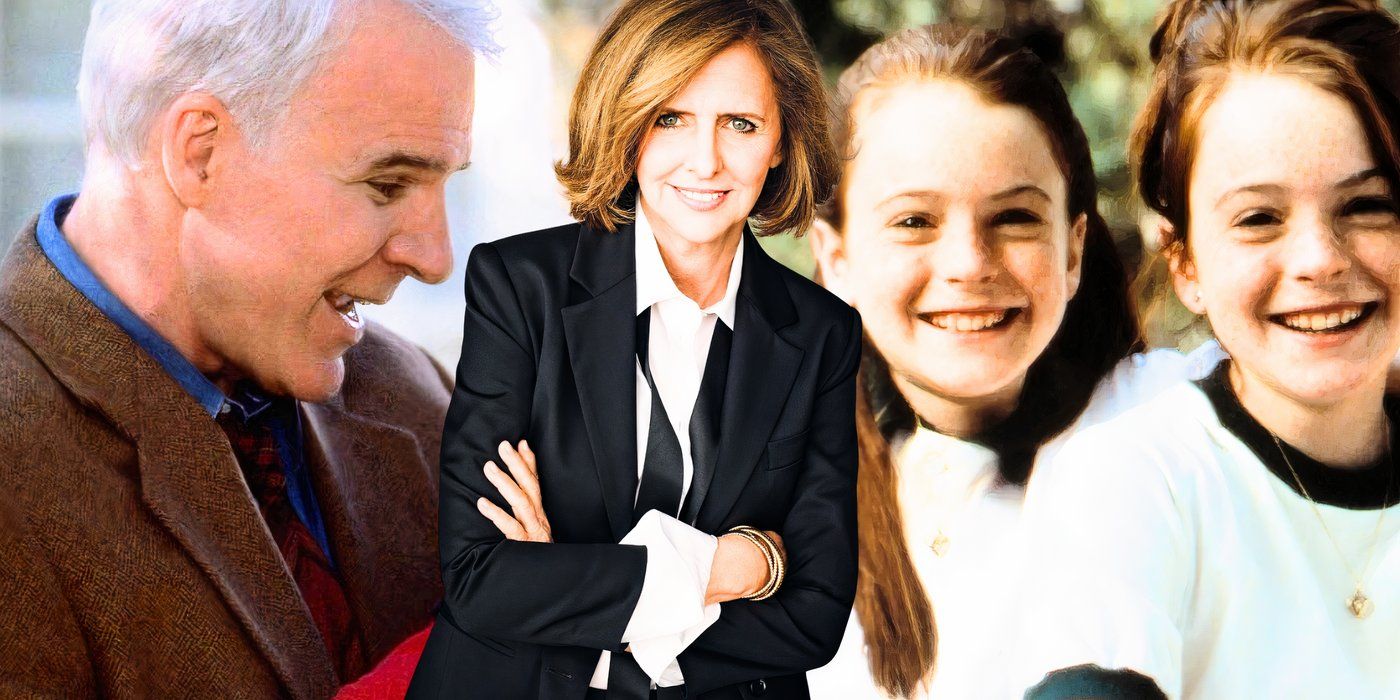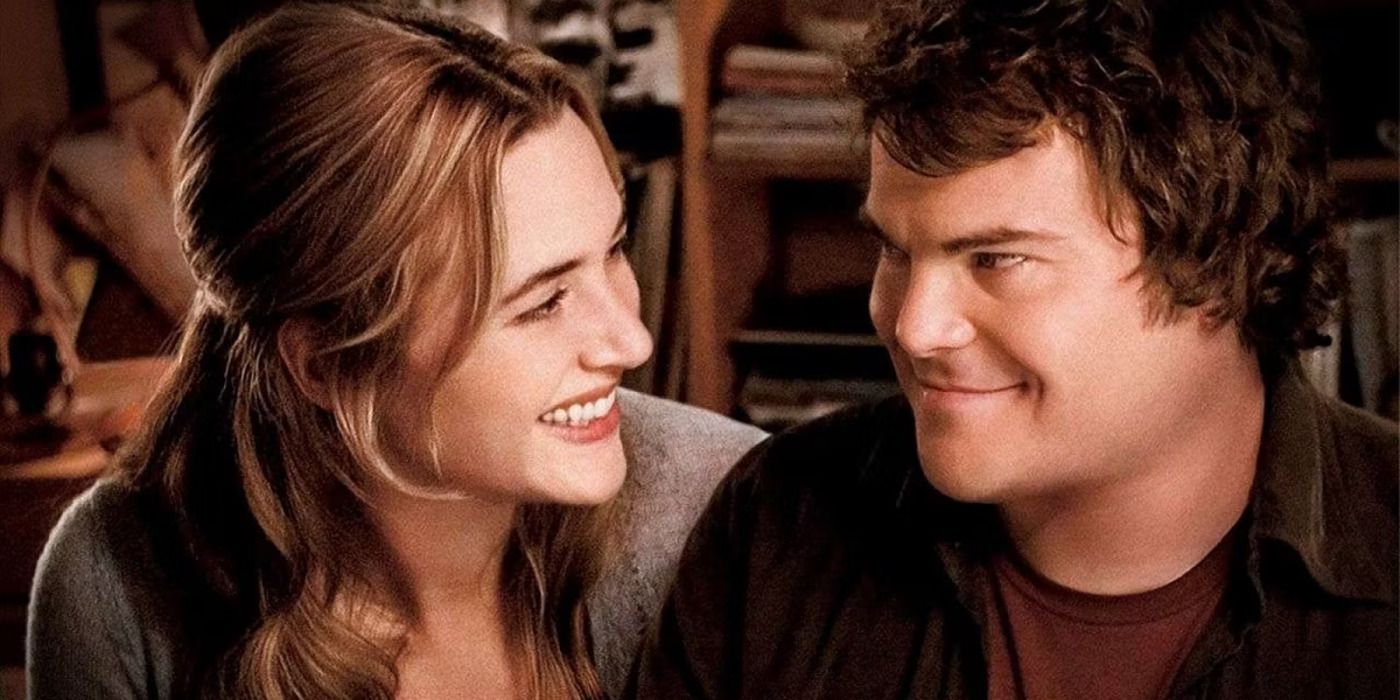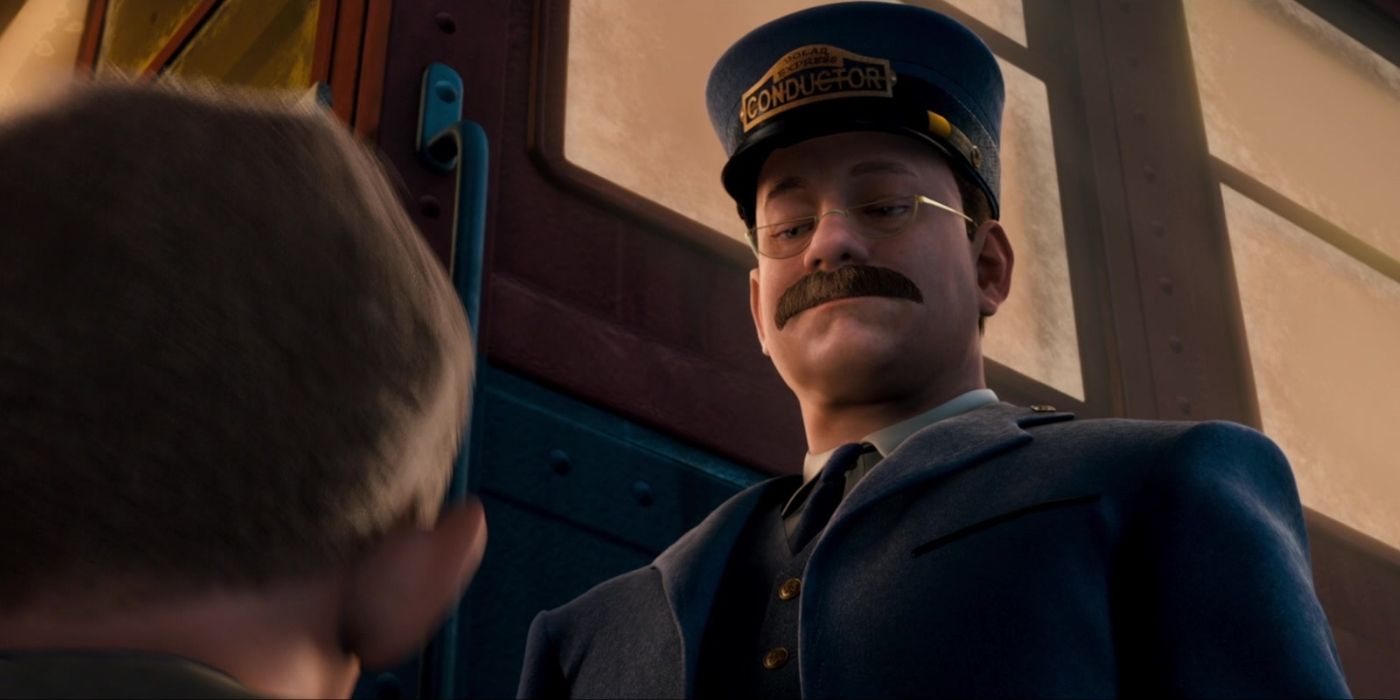
With a whopping $250 million budget, Dwayne Johnson’s Red One is the most expensive Christmas movie ever made, but plenty of other holiday classics have cost a pretty penny, too. Some of the most beloved Christmas movies of all time have been produced for a relatively slim budget. Home Alone, Gremlins, and The Santa Clause all cost less than $25 million to make. Elf and Die Hard cost a little more to produce, because they required a lot of special effects, but they would still barely cover Red One’s catering budget.
But some stories cost a lot of money to tell. Bringing Santa and his flying reindeer to life on-screen doesn’t come cheap. The motion-capture animation required to make Robert Zemeckis’ A Christmas Carol and The Polar Express took tens of millions of dollars to pull off. The star-studded casts of movies like The Holiday and Daddy’s Home 2 drove up the price of production. No other Christmas movie has cost quite as much to produce as Red One, but a few others have come close.
10
Daddy’s Home 2
$69 Million
After The Other Guys duo Will Ferrell and Mark Wahlberg were reunited for Daddy’s Home, it ended up being an even bigger box office success than their previous collaboration. It didn’t take long for Paramount to commission a sequel, and Daddy’s Home 2 was in theaters just two years after its predecessor. The first Daddy’s Home had one Christmas-themed scene, with the two competing fathers throwing an early Christmas for their kids, but Daddy’s Home 2 is a full-blown Christmas movie.
The sequel introduced the fathers of the fathers; Ferrell’s dad was played by John Lithgow and Wahlberg’s dad was played by Mel Gibson. This star-studded ensemble ensured that the sequel was a laugh riot, but it also ensured that it needed a bigger budget than the first film. Daddy’s Home 2 cost $69 million to produce (via Box Office Mojo).
9
Die Hard 2
$70 Million
It’s often said that for a movie to be considered successful, it has to gross around 2.5 times its budget. But Die Hard was so successful that its sequel scored a budget of 2.5 times its budget. Die Hard 2 cost a hefty $70 million to produce (via The Numbers). While the later Die Hard sequels would abandon the holiday season, Die Hard 2 copied the original’s Christmas setting (and just about everything else from the first film).

Related
Why Bruce Willis Disliked Die Hard 2
Die Hard 2: Die Harder was a huge success in 1990, but star Bruce Willis would later reveal why the sequel is his least favorite of the series.
This time, John McClane is tasked with stopping the terrorist siege of an airport, not a skyscraper. And his wife is circling the runway in a plane running low on fuel, not being held hostage in her office. Bruce Willis was launched to stardom by Die Hard, so his salary was much steeper when the sequel came around — and blowing up planes ain’t cheap.
8
The Grinch
$75 Million
In 2018, Dr. Seuss’ How the Grinch Stole Christmas! was adapted for the screen for a third time, this time in the form of an animated effort for the big screen. Simply titled The Grinch, it cost $75 million to make (via Box Office Mojo). That might sound like a lot, but it’s a relatively slim budget for an animated feature from a major studio. The Grinch was produced by Illumination, the masters of reasonably priced animation.
The Grinch went on to gross an impressive $540 million, so it made back its budget more than seven times over. This made it the highest-grossing Christmas movie of all time, beating out the previous record holder, Home Alone. If The Grinch had cost $200 million like some animated films, then it might not have been considered so successful.
7
Batman Returns
$80 Million
After 1989’s Batman became a massive box office success, Warner Bros. enticed both director Tim Burton and star Michael Keaton to come back for a sequel with the promise of creative control and a much larger budget of $80 million (via Box Office Mojo). There’s been some debate over whether or not Batman Returns is a Christmas movie; it takes place at Christmas, but it’s not very Christmasy. In fact, it’s so dark that it ended up alienating audiences and underperforming at the box office.
Whether it counts as a Christmas movie or not, it was expensive to produce. After the success of the first film, Burton and Keaton could name their price. They also brought in other costly stars like Danny DeVito, Michelle Pfeiffer, and Christopher Walken. On top of that, Batman Returns had plenty of high-priced sets, costumes, props, and action sequences.
6
The Holiday
$85 Million
Nancy Meyers’ The Holiday might not look as expensive as The Grinch, but it actually cost even more to produce. Meyers had enjoyed a string of back-to-back hits with The Parent Trap, What Women Want, and Something’s Gotta Give, so the studios felt comfortable entrusting her with a blockbuster budget of $85 million (via Box Office Mojo). The Holiday revolves around two heartbroken women from different sides of the Atlantic — one American and one British — who arrange a home exchange over the Christmas season.

Related
Nancy Meyers’ 10 Best Movies And TV Shows
Filmmaker Nancy Meyers has being the creative force behind some of the most financially successful comedies of the last few decades.
The Holiday didn’t need any big, expensive special effects like Die Hard 2 or Batman Returns, but it did need to pay the salaries of some of Hollywood’s biggest stars. Cameron Diaz and Kate Winslet play the two home-swappers, while Jude Law and Jack Black play their love interests, respectively. That’s a lot of A-list paychecks.
5
The Nutcracker And The Four Realms
$120 Million
Disney lost a lot of money on 2018’s The Nutcracker and the Four Realms, which reportedly cost the studio $120 million to produce (via Deadline). It was conceived as a big-budget adaptation of Marius Petipa and Pyotr Ilyich Tchaikovsky’s 1892 ballet The Nutcracker. But the fatal flaw in that concept is that blockbuster audiences don’t usually show up for movies based on ballets, and this was no exception.
The Nutcracker and the Four Realms had an infamously messy production, which likely drove up the costs and ballooned the budget. Lasse Hallström was initially announced as director, but Jurassic Park III’s Joe Johnston did such extensive reshoots that he ended up scoring a co-directing credit alongside Hallström. The Nutcracker and the Four Realms barely recouped its production budget, making it a pretty notorious box office bomb.
4
How The Grinch Stole Christmas
$123 Million
The animated Grinch movie wasn’t cheap, but the live-action one cost a lot more — and it was produced several years of inflation earlier than the cartoon. Ron Howard’s How the Grinch Stole Christmas was the first feature-length adaptation of a Dr. Seuss book and the first live-action adaptation. And based on how much it cost to bring Seuss’ vision to life — $123 million (via Box Office Mojo) — it’s easy to see why more studios didn’t jump at the chance.

Related
27 Wild Details Behind The Making Of Jim Carrey’s Grinch Movie
How the Grinch Stole Christmas is a new classic thanks to Jim Carrey’s over-the-top performance. The movie succeeded despite behind-the-scenes issues.
Jim Carrey was one of the biggest movie stars in the world at the time, so he could charge a pretty penny. The crew utilized elaborate practical sets for key locations like Whoville and the Grinch’s cave on Mount Crumpit, then used cutting-edge visual effects to digitally enhance those sets to resemble Seuss’ iconic illustrations. It was quite the undertaking, and it wasn’t cheap.
3
The Polar Express
$170 Million
In the past couple of decades, Robert Zemeckis’ filmmaking has been defined by technological experimentation. Five years before James Cameron would release Avatar, Zemeckis experimented with motion-capture technology in his animated Christmas adventure The Polar Express. At the time, it was the most expensive animated movie ever made with a whopping budget of $170 million (via the L.A. Times). In 2006, The Polar Express earned a Guinness World Record for being the first all-digital capture film.
Developing new filmmaking technologies (and figuring out how to use them) isn’t cheap, which is why The Polar Express cost so much, and it’s also risky, because it means the kinks haven’t been ironed out yet. Some audiences avoided The Polar Express because the animation slipped into the uncanny valley. As a result, it received mixed reviews and disappointed at the box office.
2
A Christmas Carol
$200 Million
Five years after The Polar Express, Zemeckis decided to make another animated Christmas movie with motion-capture technology — and this time, he spent even more money on it. Zemeckis’ motion-capture adaptation of the Charles Dickens classic A Christmas Carol cost Disney a whopping $200 million to produce (via Box Office Mojo). There’s no shortage of movies based on A Christmas Carol (with The Muppet Christmas Carol being unironically the best of the bunch), but none of them have looked quite like Zemeckis’ expressionistic 3D rendering.
This version of A Christmas Carol is anchored by Jim Carrey’s fine performance(s). Carrey not only plays Ebenezer Scrooge, but all three of the ghosts that visit him on Christmas Eve. If anything, all the expensive motion-capture animation and 3D effects distract from the film’s true strength: the work of its incredible cast.
1
Red One
$250 Million
Dwayne Johnson’s latest high-concept action comedy, Red One, casts him as Santa Claus’ head of security, trying to save him from a witch. Although it was initially intended as a straight-to-streaming release for Prime Video, Amazon MGM eventually decided to put it in theaters. Red One cost an exorbitant $250 million to produce (via Variety), making it not only the most expensive Christmas movie ever made, but one of the most expensive movies ever made, period.
With its bland CG effects and obvious use of greenscreens, Red One certainly doesn’t look like it had a bigger budget than Avatar — it looks like a run-of-the-mill streaming movie — so where did all that money go? TheWrap reports that Johnson’s habit of showing up several hours late to the set drove up the budget and added as much as $50 million to the overall cost. On top of that, Johnson was a producer on the film and, therefore, cut his own paycheck.
Source: Box Office Mojo, The Numbers, Deadline, L.A. Times, Guinness World Records, Variety, TheWrap









